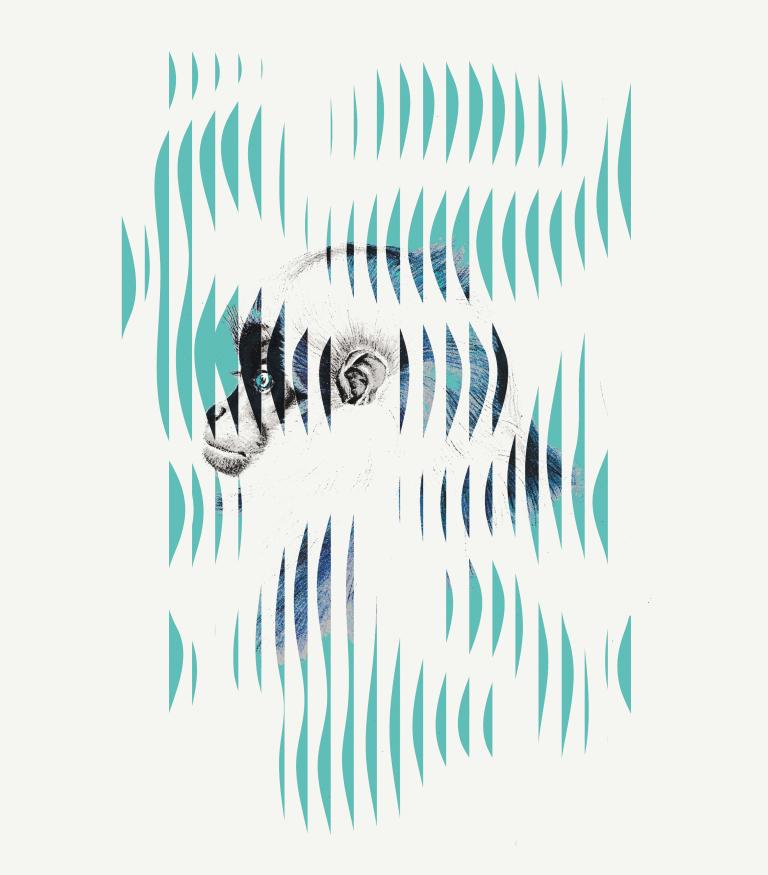Return to The Pleasure Principle: Part 1 or Part 2.

Birds Unleashed
Another essential aspect of the animal music debate is the way in which technology has changed our understanding of music. British field recordist Geoff Sample has intriguingly argued that our relationship to bird song had been far deeper for as long as caged birds were still en vogue. It was only when the radio, and later the phonograph, replaced animals in their function as miniature orchestras that a feeling of separation took place — between the world of recorded (human) music and unrecorded (natural) sound.
And yet, recorded music, which allows for endless repetitions of the same sounds, has also made it easier than ever to appreciate animal songs as music. The simple explanation for this, as Elizabeth Hellmuth Margulis, author of On Repeat: How Music Plays the Mind (Oxford University Press, 2013), pointed out, is that our brains are hardwired for repetition. This has a stunning prevalence in music all over the world, making it a key signifier of what constitutes music and what does not.[21]
A looped fragment of speech reveals its melodic outlines, for example, through the speech-to-song illusion.[22] This effect occurs by first playing a short section of speech to an audience. Then, a fragment from that speech is isolated and played on a loop for a while. Already, after the very first repetition, one starts to hear the ups and downs of the voice more clearly; the rhythmic accents becoming more pronounced.
When, at the end of the experiment, the entire section is played once more, suddenly the looped fragment magically sticks out from the surrounding words, almost like a short music clip inserted into a spoken sentence. The sounds haven’t changed; our perception of them has.
The speech-to-song illusion has by now been exploited in far too many club tracks to still make an impact, but when Steve Reich first used it in 1966, it stunned listeners. Asked about the processes behind his piece “Come Out”, Reich commented that “by not altering its pitch or timbre, one keeps the original emotional power that speech has while intensifying its melody and meaning through repetition and rhythm”.[23]
Complex scores of contemporary composition, too, can become a lot more accessible through our ability to constantly replay, re-listen, and familiarize ourselves with them. In an experiment at the Music Cognition Lab at the University of Arkansas, scientists played listeners both the original and manipulated audio fragments of pieces by modernist composers such as Elliott Carter or Luciano Berio. The new versions were tweaked to include repetitions of selected passages simply by cutting and re-pasting them. The procedure might sound like sacrilege, but the results were astounding.
In her essay “One more time”, Margulis, who is director of the lab, writes that the “altered excerpts should have been fairly cringeworthy; after all, the originals were written by some of the most celebrated composers of recent times, and the altered versions were spliced together without regard to aesthetic effect. But listeners in the study consistently rated the altered excerpts as more enjoyable, more interesting and — most tellingly — more likely to have been composed by a human artist rather than randomly generated by a computer.”[24] It is safe to say that by allowing us to put everything on repeat, including field recordings from birds or other animals, recorded music changed the very bandwidth of what is accepted as music.
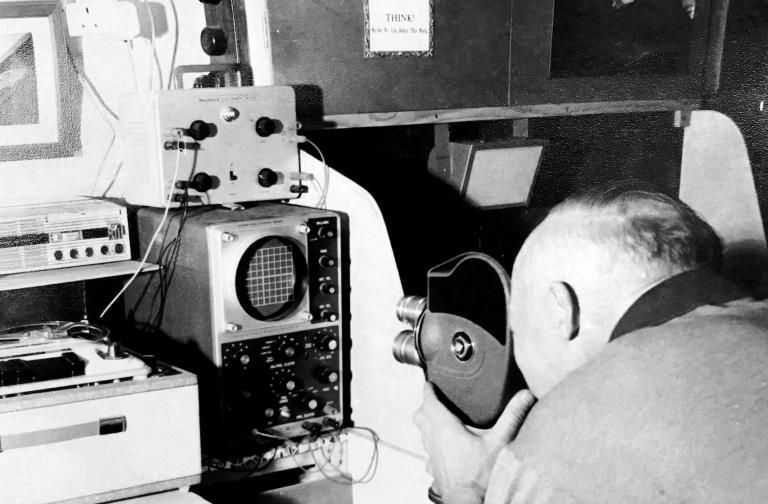
Between Repetition and Variation
So is everything just in our heads after all? I believe the case for animal music is stronger today than it has ever been. If music exists in the constant friction between repetition and variation, animal creativity is certainly far more than just an illusion created by the use of recording technology.
Although many animals are hardwired when it comes to their songs — meaning that they no longer change them once their education has ended — many others, such as bats, birds, elephants, and various marine mammals, are capable of learning new sounds and songs well into old age. In fact, they appear to have an inbuilt propensity for innovation.
In the early 1980s, scientist Nancy Burley was working with zebra finches. To tag them, she would fit the birds with little bands of different colors. What she discovered was that this seemingly trivial step, which was not even a variable being accounted for in her experiments, radically changed the dynamic of the group.
The color of certain bands turned out to improve a finch’s chances of finding a mate: Red bands were most popular with female birds; black and pink with the males. Right before her eyes, the zebra finches had found what science journalist Melissa Hogenboom has called a “new set of sexual ornaments”.
Hogenboom draws the following conclusion: “Burley’s work implies that there is something almost random about the traits that animals evolve to find beautiful. Before her findings, it had been suggested that these traits began as something with a function, and then got exaggerated. For instance, you might imagine that peacocks first evolved large tails to help stabilize themselves in flight and that the tails then got bigger and bigger under the influence of females. But it could be that peahens simply liked big tails.”[25]
It is unlikely that the effect is restricted to laboratory situations. Instead, it appears as though animals are constantly varying their mating practices to discover new fetishes and novel means of attraction. This would explain a mystery that has kept bird watchers busy for many sleepless nights: Why are bird songs so overly complicated when they are mainly about presentation and sex?
One of the solutions to this dilemma could be that birds ornament their themes in a similar way to how Baroque instrumentalists would ornament their indications of a score. A melodic line could thus be expanded to almost absurd proportions, into a cloud of beautiful, sexy licks enveloping a simple message. The less that animal melodies actually mean — so this line of thinking goes — the more they suggest a sense of aesthetics as opposed to mere functionality.
Already, in 1940, ethologist Konrad Lorenz expressed this sentiment in a letter to the legendary experimental psychologist and behavior scientist Wallace Craig, arguing that, “Clearly bird song is a lot more beautiful than it really needs to be.”[26]
In a way, the embellishments in bird songs are the sonic equivalent to the colored ribbons Burley strapped to her zebra finches; they treat potential mates to something different and set the singer apart from the rest of the orchestra. Whether or not a new tune is a success is up to the listener to decide.
In practice, this creativity results in an at times mesmerizing, at times confusing, richness of expression. Certainly, the diversity of song models in the world of birds alone is remarkable. While the songs of some species are just a few seconds long and rely almost entirely on exact repetitions, others can be far more varied and last for up to three-quarters of an hour.
The inclusion of new syllables into an existing repertoire works similarly to how infants learn to speak: slowly, incrementally, and through endless repetitions. Sometimes it’s the notes that relay the information; sometimes it’s the pauses in between the notes. Sometimes rhythm appears to play a role; sometimes it’s just the melody.
The diversity is not dissimilar to the myriads of genres and subgenres humans have established, each with their own tools and techniques, conventions and clichés, and their own degrees of complexity. As Hollis Taylor, a composer and one of the world’s most eminent bird experts, has pointed out, the brown thrasher’s repertoire “runs to thousands of phrases, likely improvised”.[27]
Closer inspection has also revealed that the tunes of canaries, as repetitive as they may seem, start to become exciting in musical terms as soon as we take a look at the larger picture. Over the course of longer stretches of time, these birds have been found to revisit previously sung segments and give a spin to them as if varying a theme.
German zoologist and neuroethologist Constance Scharff has reported instances where a bird would remain within its core repertoire for hours, interacting exclusively with its peers. Then, all of a sudden, it would insert a series of alien calls, imitated licks, and full couplets appropriated from other species. “It’s as though he were saying: I can do a lot more than that!” as Scharff interprets it.[28]
Others are willing to extend these thoughts to a far wider spectrum of animal competencies. Kevin Laland, Professor of Behavioral and Evolutionary Biology at the University of St Andrews, has made animal creativity the core of his work. After two decades of intensive observations, he is convinced that animals are just as capable of creativity as humans are — a theory he explicates in his book Darwin’s Unfinished Symphony: How Culture Made the Human Mind (Princeton University Press, 2017).
The reason we’re currently still unable to understand the scope of their talents, he argues, is that we simply don’t know enough about their “normal” behavior to perceive changes and progress: “[O]nly after capuchin monkeys had been studied in the wild for many years could we be confident that the first recorded instance of them attacking a snake with a club was an innovation.”[29]
Laland lists many other examples of striking innovations from the animal kingdom which arose due to changing environments or living situations, or simply through processes of social learning.
The reason that a monkey has never written a sonata, he says, is not so much that it lacks the creativity required to do so, but rather that radical innovation requires precise and accessible technologies to save, distribute, and share information. Otherwise, the creative impulse remains a solitary stroke of genius bound to be forgotten once those aware of it have passed away.
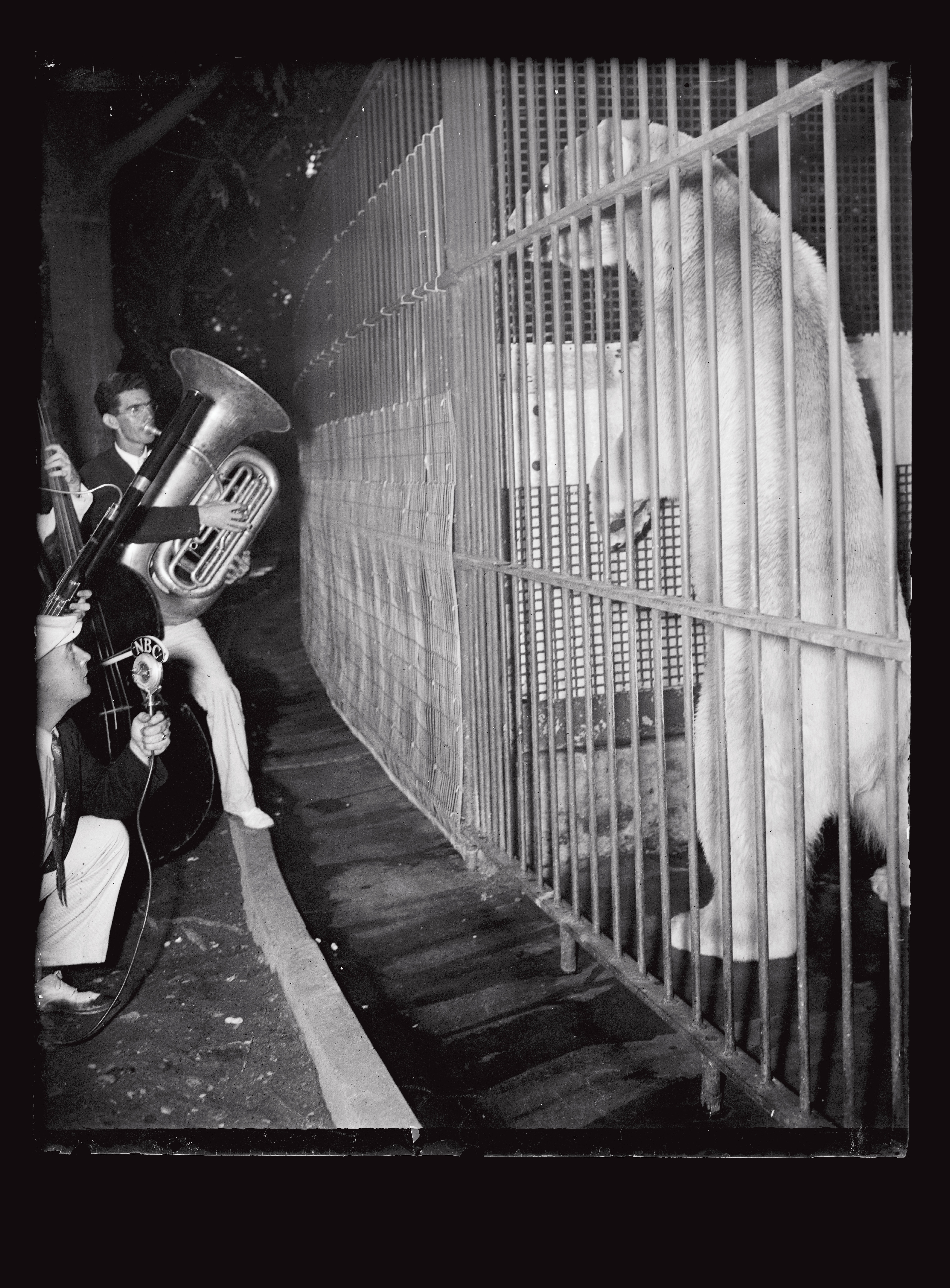
Into the Cultural Dimension
With these findings in mind, why do so many still violently defend the human primacy of music? Maybe we need to rethink our angle in approaching the topic. In our research for Animal Music, Lara and I deliberately spoke to artists and field recordists first. The idea was that they were more experienced in recognizing music and creativity than anyone else.
It is a debatable assumption — but so is the claim by scientists that they alone have the right to make these distinctions. Without a doubt, desperately few of them have the artistic sensibility of someone like Taylor to see beyond the plots of neuroscans and endless rows of numbers and make a judgment that takes the creative dimension of music into consideration as well.
Our increasing bias towards “hard” science and against the “soft” arts may have been one of the reasons why so many readers were furious at David Rothenberg’s book Why Birds Sing: One Man's Quest to Solve an Everyday Mystery (Allen Lane, 2005), which sought to juxtapose, reconcile and unify philosophical, biological and creative aspects of animal song. One of the world’s most esteemed bird experts, Professor Donald Kroodsma, even went as far as to claim that the thesis expressed in the book “insulted my birds”.[30]
Rothenberg’s oft-quoted statement that “birds sing for the same reasons we do — because we can” was the intuitive conclusion of a musician who lent just as much weight to scientific discoveries as to his own experience of many years of listening to and playing with birds. So irritating were these thoughts that the BBC based a television documentary on them, putting what used to be a niche topic at the forefront of public awareness. The 2007 documentary Why Birds Sing offered Rothenberg plenty of airtime to explain his position.
However, instead of investigating his claims, the debate went in the exact opposite direction. Mexican ecologist Marcelo Araya-Salas, for example, has concluded that bird song isn’t music, on the grounds that it doesn’t use the scales we know from human compositions.[31]
Jeff Markowitz, a graduate student in computational neuroscience at Boston University, doubts that birds make conscious decisions because he has observed dopamine rushes in their brains when they are singing their famous “sexy syllables”.[32] This, he points out, could indicate that they are merely out to get their next kick rather than following aesthetic principles — an argument that is not without merit but equally applies to human music.
These statements are symptomatic of the reduction of art to a system of rules and the conflation of brain scans with emotions and behaviors. Our understanding of human neuroscience is limited, at best, offering very little insight into results and causation. And we will ultimately never be able to fully unravel the true nature of our own consciousness.[33]
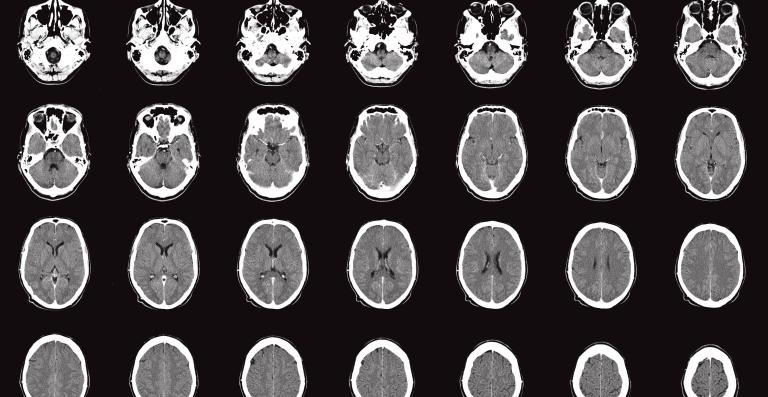
These statements also appear to be out of sync with the reality of many improvisers I’ve spoken to, who have claimed that in the moment of performance, they mostly don’t feel as though they are making conscious decisions but are merely acting as instruments of the music’s unfolding.
This dilemma highlights the fact that the sciences and the arts could benefit tremendously from each other, similar to how neuroscientists and Buddhists have been learning from each other’s findings. Whereas scientists are clearly best suited to collecting the data required to proceed beyond the realm of mere conjecture, artists can make sense of this information on a level beyond statistics.
In theory, this should be in the interest of both sides. Certainly, the cliché that animal scientists are merely interested in hard facts and numbers is untrue; it is instantly obvious when looking at the leading zoölogists, for example, that they are driven by the same love for animals and their songs as are their field-recordist contemporaries from the world of the arts.
Someone like Kroodsma even lives in the middle of the forest, in direct companionship with the birds he observes, spending many hours simply listening to their songs. And yet, when Rothenberg invited him and two colleagues for an informal roundtable in Berlin, they decided to stonewall him, declaring any possible input by a non-scientist as unuseful, anything that doesn’t yield hard facts as unscientific, and defining music as a completely human-made construct.[34]
Two things are of interest here. For one, scientists are wary of anthropomorphism — the projection of human characteristics and cultural achievements onto animals. This, however, obviously causes interpretive difficulties in precisely those cases where the observed similarities are truly shared feats.
Furthermore, the current scientific elite who are researching animal songs appears to genuinely believe that animals do not experience any form of pleasure when singing. In this respect, at least, we may be about to face a paradigm shift. The previously mentioned discovery that birds experience a release of dopamine while singing may only be the beginning, but it is decidedly food for thought.
Dopamine, after all, is a neurotransmitter that plays a vital role in the reward systems of many animals, including humans. It is, for the most part, not the actual reward itself but part of the search, creating desire and building the pathways for desirable behavior. In humans, as in rats, dopamine increases explosively after cocaine use and contributes to the strong cravings for that drug after its effects have died down.
This does not mean that birds are constantly high while delivering their tunes. What it means is that the release of dopamine during singing suggests that bird song is part of a pleasure-seeking routine that bears striking resemblance to the act of song by humans. A strong response from a prospective mate raises dopamine levels even higher, further strengthening the song's connection to the reward system.
Importantly, although creativity cannot be definitively located in a single area of the brain, nor reduced to a single process, dopamine surely plays a vital role in the human creation of music — especially in the act of improvisation when every step leads to an either desirable or undesirable outcome. Are we really being “anthropomorphic” when we interpret these parallels to mean that birds and other animals are experiencing pleasure when singing?
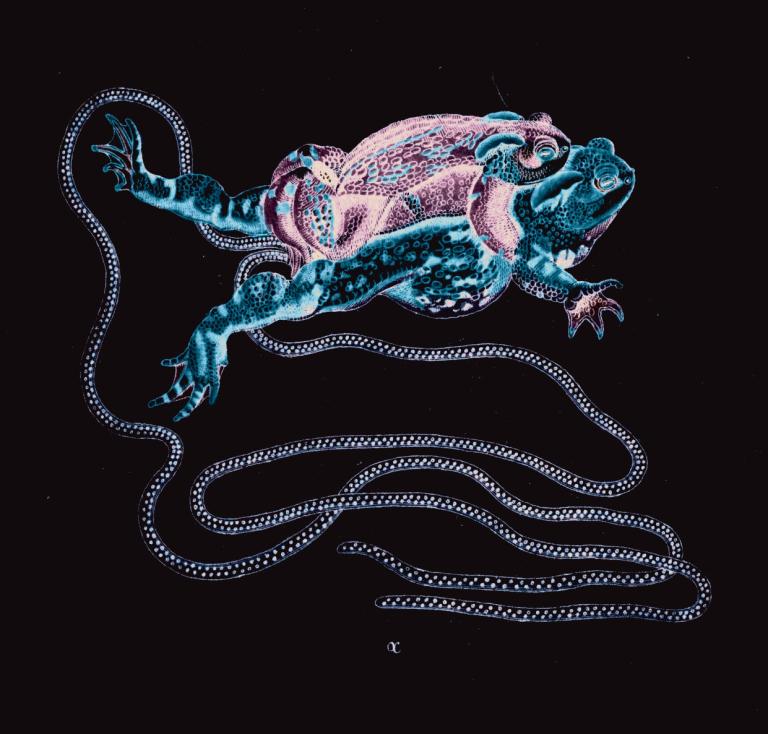
More Pleasure, Less Pain
Jonathan Balcombe is one of the scientists who believe that we have placed far too little emphasis on animals experiencing pleasure and too much on their suffering and pain. It is an understandable reaction with regard to the ongoing cruelty against animals, but it has also led to a biased perspective on our relationship with them.
At the heart of this asymmetry, Balcombe believes, is precisely a misguided tendency to avoid any obvious and straightforward explanations for fear of anthropomorphizing them.
“I encountered a brief essay titled ‘Seed dispersal by animals: Behaviour matters’, by a then-doctoral student of botany at Washington State University,” he writes in the paper “Animal Pleasure and its Moral Significance”. “While lucid on the evolutionary facets of plant-animal coevolution, the writer nevertheless makes this characteristically agnostic statement: ‘Fruit appearance provides the cue for fruit choice, but nutrients provide the positive feedback that maintains an animal’s preference for the fruit.’ (Yang, nd)
“Surely, if our own experience is any guide, what provides the animal with (immediate) positive feedback is not nutrients, but the taste of the fruit. Nutrients are the mediator; taste is the sentience pay-off. The more proximal experience of taste is an evolutionary product of what is nutritionally beneficial to the forager. And its flavour, not nutrient content directly, is what an animal experiences consciously when she selects and eats a fruit.” [32]
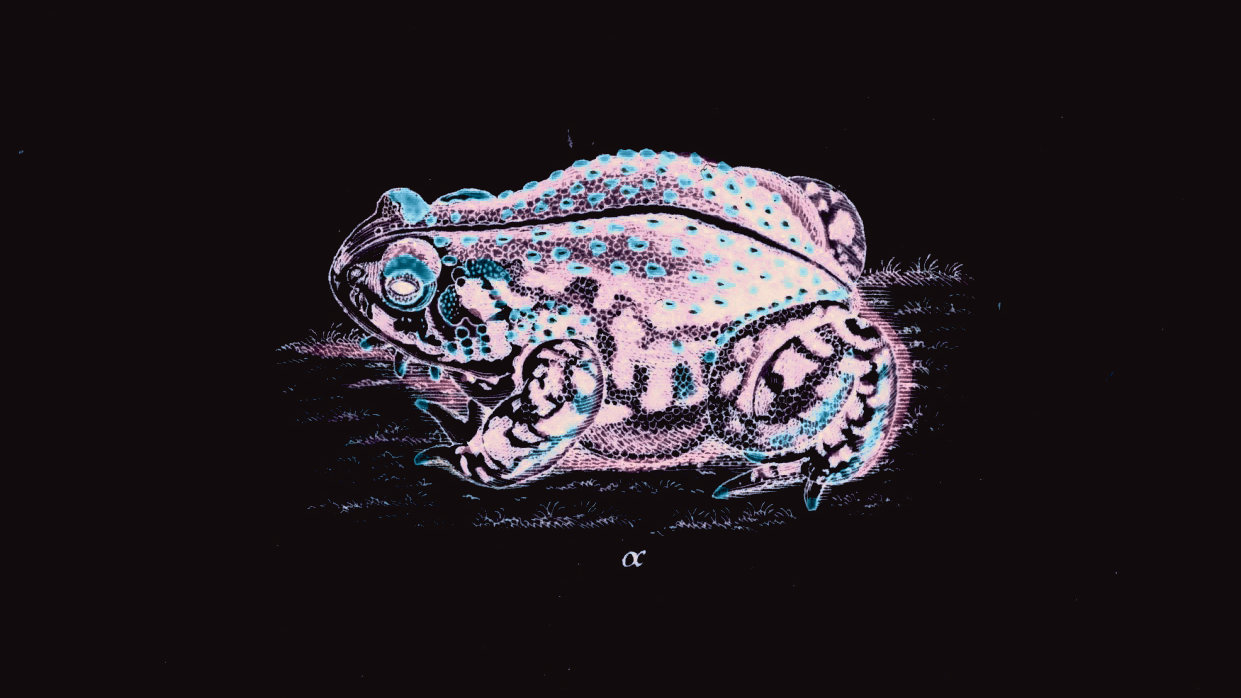
For Balcombe, pleasure is not an afterthought to evolution and adaptation. It is a key component. While pain makes a living being realize what is bad for it, pleasure is the natural reaction of the body to positive stimuli. Balcombe lists a multitude of behaviours that have been found to be pleasurable to animals. These include touch, sex, and food.
The examples he provides are intriguingly not restricted to mammals but run the full gamut of species. The world is full of pleasure seekers, from animals that produce opioids while eating or looking for food, and homosexual or masturbating monkeys, through to dolphins who prefer to be gently rubbed by their trainers than be fed another fish.
But Balcombe does not restrict his focus to non-adaptational examples. Instead, he argues, what appear to be purely functional routines on the outside, may well be enjoyable processes underneath. He uses the German word Funktionslust to describe the positive sensations associated with the performance of trained tasks — the things we do best. This doesn’t merely make it highly plausible to award the quality of Funktionslust to animals when they are singing. It may even extend well beyond that, into areas we have no human correlative to.
“Having evolved in diverse environments,” Balcombe writes, “where different niches present different adaptive challenges and opportunities, different animals have different sensory and perceptual skill sets. It follows that some animals might be able to experience realms of pleasure unfamiliar to humans …
“The echolocation abilities of bats and cetaceans, electric communication in fishes (Hopkins, 1974), and the ability of pinnipeds to detect fish turbulence trails with their vibrissae (Dehnhardt et al., 2001; Schulte-Pelkum et al., 2007) are representative examples. Some animals can tune into the earth’s magnetic field to help navigate, and there is now evidence that birds perceive this visually (Heyers et al., 2007). These examples do not explicitly involve pleasure, but they illustrate the potential for pleasures unknown to us.”
As soon as we reduce the functional aspect of a certain behaviour, we enter a different territory: The domain of play. As the leading expert on animal play, psychology professor Gordon Burghardt has laid down the foundations of our current thinking about the topic in his book The Genesis of Animal Play: Testing the Limits (The MIT Press, 2005). From his point of view, play occurs through a combination of five factors: “repeated behaviour that should not contribute to survival, is spontaneous and voluntary; performed when the animal is healthy and free from stress.” [33]
The book also includes a rudimentary chapter about bird songs, which offers plenty of fascinating points of departure for further research and strongly suggests that many songs and vocal performances meet the criteria described above.
In light of Burghardt’s findings, it can be argued that animal song exists in the zone between Funktionslust and play: It is both serious and playful, both functional and free, both well-rehearsed and spontaneous, repeated and improvised. It treats those who perform it with neurochemical rewards and has an inbuilt preference for innovation and creativity. It offers the same joy that we experience when we pick up a drum, a flute, or a sampler, the same freedom we experience when letting go in the darkness of a techno club and allowing the wave of the moment to carry us.
When we sing or play, we are participating in a globe-spanning activity that is vital to the lives of all creatures, that increases our understanding of ourselves and connects us to others and other forms of life, and that serves to express to the world things that we could not otherwise communicate. Instead of doubting whether animals are making music, perhaps the question we really should be asking is this: Why aren’t we more grateful to them for inviting us to join in their song?
Return to The Pleasure Principle: Part 1 or Part 2.
Footnotes:
[21] Gonzalez, Robbie,“This fascinating auditory illusion trans- forms normal speech into music”, Gizmodo – io9, March 15, 2014.
[22] Margulis, Elizabeth Hellmuth, “One more time”, Aeon, March 07, 2014.
[23] Liner notes to Steve Reich: Early Works. New York: Elektra/Nonesuch, 1987.
[24] Margulis, Elizabeth Hellmuth,“One more time”, Aeon, March 07, 2014.
[25] Hogenboom, Melissa,“Why have animals evolved a sense of beauty?” BBC – Earth, May 11, 2015.
[26] Lassek, von Reinhard [review], “Schöner als biologisch erforderlich”, Spektrum.de, October 15, 2008. Quote trans- lated from German to English by Tobias Fischer.
[27] Taylor, Hollis, “Birdsong has inspired humans for centuries: is it music?” The Conversation, July 26, 2017.
[28] Reichow, Jan,“Weiter mit Vogel- stimmen — Constance Scharff und Hollis Taylor”, Im neuen Blog begrüßt Sie Jan Reichow, May 5, 2017. Quote translated from German to English by Tobias Fischer.
[29] Laland, Kevin N., “These amazing creative animals show why humans are the most innovative species of all”, The Conversation, April 20, 2017.
[30] Why Birds Sing [television program], Archie Powell, dir., BBC4, June 20, 2007.
[31] Underwood, Emily, “Birdsong Not Music, After All”, Science, August 15, 2012.
[32] Eck, Allison, “What Birdsong
Can Teach Us About Creativity”, PBS – NOVA Next, April 09, 2014.
[33] Burton, Robert A, On Being Certain, New York: St. Martin’s Griffin, 2008. Burton, Robert A., A Skeptic’s Guide to the Mind, New York: St. Martin’s Griffin, 2013.
[34] Why Birds Sing [television program], Archie Powell, dir., BBC4, June 20, 2007.
[35] Balcombe, Jonathan, “Animal plea- sure and its moral significance”, Applied Animal Behaviour Science, vol. 118, iss. 3, pp. 208-216, May 2009.
[36] Burghardt, Gordon M., The Genesis of Animal Play: Testing the Limits. Cambridge: MIT Press, 2005.
